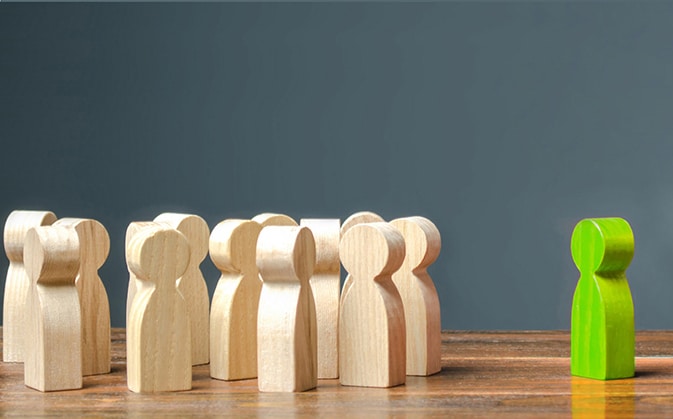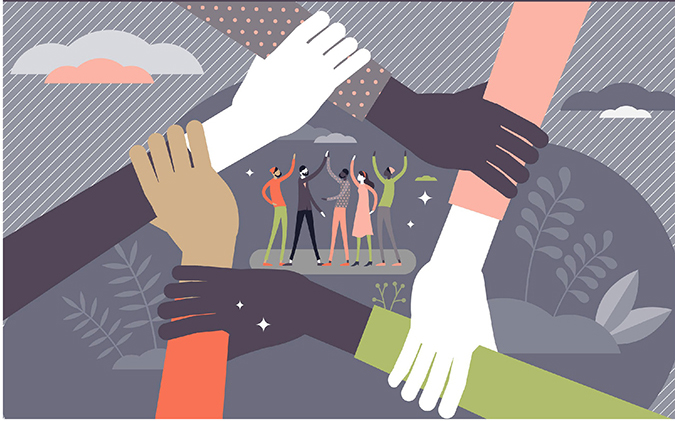
I Screen, You Screen, We All Screen for…Data?
January 28, 2020
Communication: Better Leadership
June 3, 2020Yeshiva University Beren Campus Haggadah by students for students
By Bella Adler
As a Yeshiva University college senior, graduating with a degree in Jewish Education, I certainly didn’t foresee my final semester of student teaching to conclude over Zoom. But perhaps more interestingly, I also did not envision the final months of my student council presidency to occur over Zoom.
This past year I served as the president of Yeshiva University’s Torah Activities (student) Council. The council, composed of five board members, manages all clubs and organizes campus-wide Jewish programming. This includes chessed and shiurim and weekly Shabbat programming. While the Beit Midrash is our hub, we strive to be student Jewish educators who engage all students Jewishly. For example, we take students to volunteer at food drives, bring Seminary and Yeshiva teachers to YU, and rent workout studios in the NYC area allowing students to come to classes at a discounted price. My “sweat 4 Tzedakah” initiative raised over $1,000 for Sharsheret and Chai Lifeline. We sell Menorahs and brachot cards and put together a Chanukah Concert with Benny Friedman and Mordechai Shapiro. We create the feeling of Jewish connection beyond the intensity of academic courses. The “Jewish feeling” you get when you walk onto campus is what my council develops. And that was going to be much harder to transmit virtually. How could we create a connected Jewish community when all of our events are in-person?
As a Jewish Education major, I often think about what keeps my students connected. For most, it isn’t a specific pasuk, gemara, or vort. It’s a feeling. It’s a commitment. It’s the knowledge that I am better because of my contributions to the tradition, and the tradition is stronger because I contribute.
As president of the Torah Activities (student) Council I made it my mission to provide as many access points to Jewish education on campus as I could. As Pesach 2020 approached I had the idea to create a Beren Campus Haggadah, composed of Divrei Torah and artwork. It was published entirely by students for students – a tangible artifact of the Jewish community we created on campus. A knowledge that the 50+ contributors to the Haggadah were each bettered by their contribution to the Haggadah, and the Haggadah was better because they contributed.
When the Coronavirus pandemic struck and the in-person campus closed we faced a dilemma. How were we to distribute the 96-page Haggadah? Sure, we could email PDF (See the PDF version), but very few, if any, students would print a 96 page book to use at the seder. How could the artifact of learning – a Haggadah by students for students – serve its purpose of feeling Jewishly connected to the YU community if students wouldn’t even have copies at their seder tables?
I quickly discovered that during this distanced time we needed to send students physical copies. So, with the help of my family, I mailed 500 Haggadahs across the United States to my peers. I knew that their chag would be enhanced by reading and seeing the artwork of their friends. But more importantly, I knew that it would help us feel like we were back together learning in the Beit Midrash even while separated.
Though my journey into the field of Jewish education is just beginning, the transition to online learning taught me that physical, student-created projects are becoming infinitely more valuable. The more we encourage students to “create” things to represent their learning and feelings, the more we help them feel committed to a community that benefits from their creations. Mailing the Beren Campus Haggadah to 500 students was a giant undertaking, but it taught me an even bigger lesson – that student-driven projects create a feeling of community amongst students, no matter how far apart they physically are.
I look forward to thinking about how I can encourage my students to tell their Jewish stories through unity projects. For example, when studying Jewish heritage, I will ask my students to interview their family, ultimately creating a class-wide family tree. When studying Amalek, my students and I will talk about how art preservation is important because it tells a story to be remembered. Together, as a class, we will create artwork to “never forget” the story of Amalek.
Tangible creations tell stories. Now more than ever we must help our students be creators, be their own storytellers. A Torah education is priceless and Jewish society is invaluable. And by helping our students create Torah projects for their societies it reminds us that we need Jewish community just as much as our communities need us.
Bella Adler grew up in St. Louis, Missouri and recently graduated from Yeshiva University with a B.A. in Jewish Education. Bella was a student teacher in several New York Jewish day schools, served as president of the Stern College student council, and was a Counterpoint head counselor, organizing an English immersion camp for underserved youth in Kiryat Malachi, Israel.

